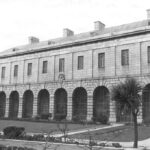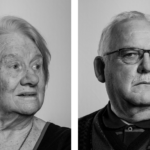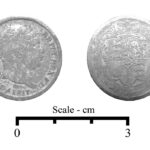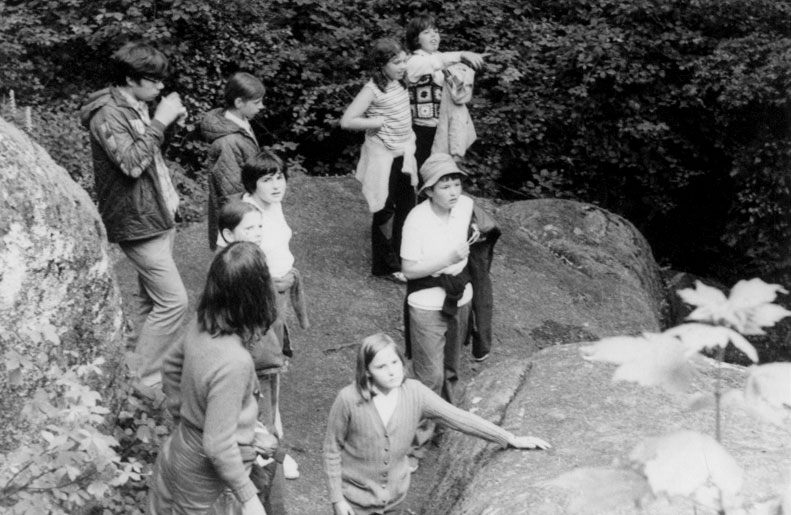A group of us had a wonderful visit to the incinerator on Thursday 30th, starting at 6pm and finishing at 8pm. Piers Tharme, Senior Operations Manager of Recycling showed us around, and couldn’t have been more charming and informative. The incinerator was built in 2011 and is technically halfway through its working life, although he said with parts being replaceable it will almost certainly go on a lot longer. We donned Hi-Viz jackets and hard hats before entering the working part of the building. When we opted to take the stairs up four floors we hadn’t realised how deep each floor was! On recovering our breath we entered the Control Room with its banks of screens covering every aspect of the incinerator, and a large window overlooking where the trucks dump the rubbish throughout the day. The incinerator processes 70,000 tons of rubbish a year and can take a capacity of 120,000 tons. It is operated 24/7, and there are always three engineers on duty who do 8 hour shifts. Through the big window we could see the grab coming down and lifting the rubbish automatically into the incinerator. There are two huge swivel chairs by this window with operating panels attached so that the grabs can be manoeuvred manually if necessary. The incinerator itself is a sloping shoot which burns the rubbish at 1,000 degrees.
Leaving the control room we went up several flights of open-grid metal steps to reach the top of the building from where we could look down on the entire works. Massive machinery in this area scrubs the exhaust gasses so that they are completely clean when released. The energy from the incinerator provides 7% of Jersey’s electricity. The very fine ash emerges at the bottom of the incinerator, along with lumps of metal. The ash falls into large bags which are shipped out, and it is made into giant blocks for industrial construction purposes. The metal – and we saw a blackened frying pan drop into the pile behind Piers as he was talking – is shipped and sold. Also recycled of course is paper, cardboard, and plastic bottles which the Recycling Department is currently making a loss on, but wants to keep the stream going. Glass is ground down locally and forms part of hardcore.
Piers mentioned some of the dangers of recycling, one of which is stacking damp cardboard waiting to be incinerated, which like a compost heap can build up heat and set itself alight. Another is gas cylinders which people thoughtlessly include in their waste. The engineers said that three exploded the other day going whilst going through the furnace. The building slightly shook, but otherwise everything carried on as usual.
The structure provides an incredible experience, unlike anything else in Jersey, and now I know how much it contributes to a clean environment, a building I once reviled, I now look upon with total admiration.




























